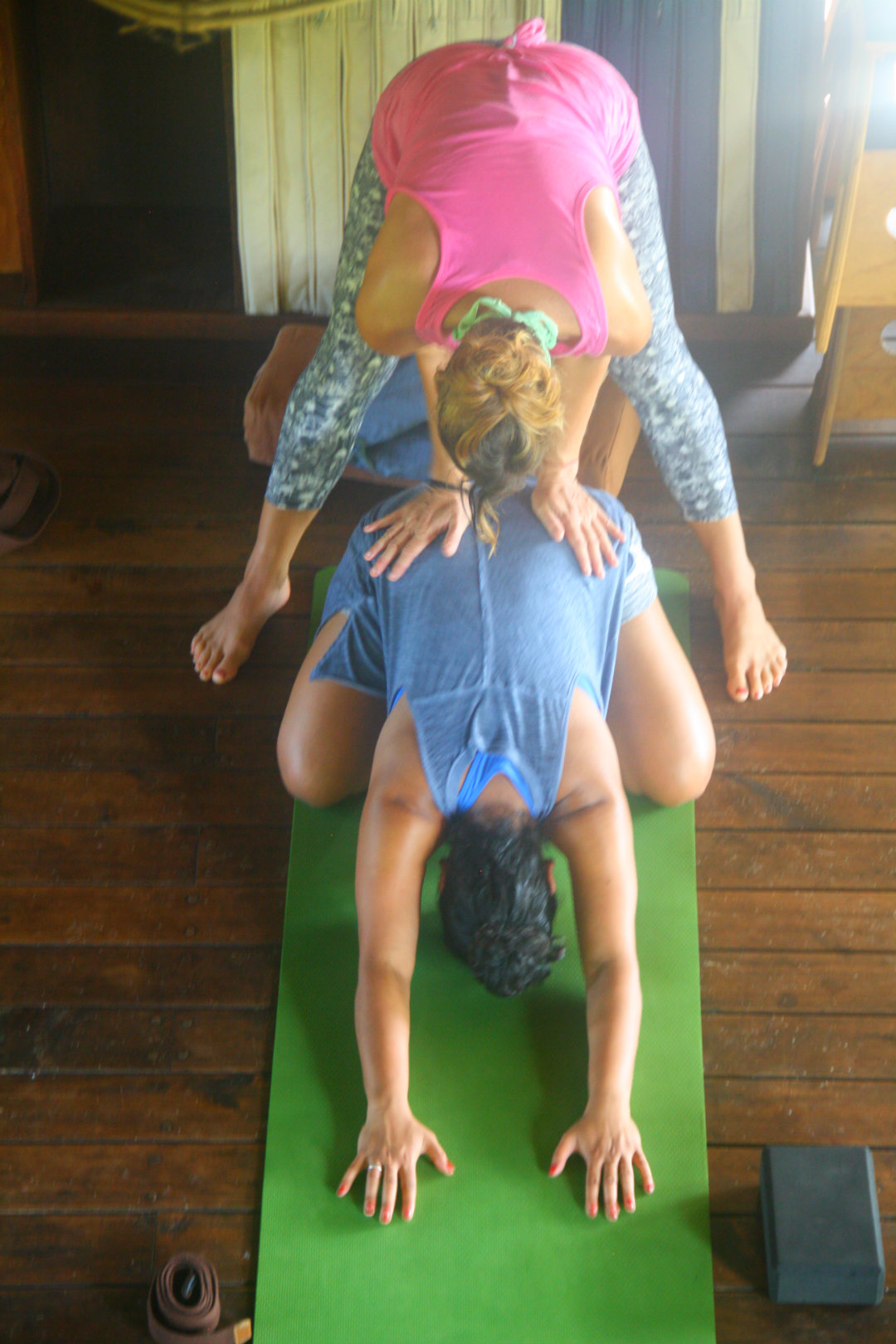Self-healing Through Yoga
Can You Let It Go? Repeat.
When we think of the reasons that first brought us to the yoga mat, many recognize that it is because we need to heal in some way.
The mind creates endless stress through negative self-talk and imaginary scenarios. As a result, we manage a body that stores stress permanently. The key to activating the regular evacuation of this stress is to influence the parasympathetic nervous system.
In the Yoga Sutras, Patanjali says that as yoga brings us present, we recognize the Seer, or the witness. Through yoga, the seer rests in its own true nature. We arrive at this true nature through practice, non-attachment and by shedding our mistaken identities. Patanjali does not say the seer is “this” or “that”. It just is.
What actually happens there allowing us to heal physically and emotionally on the mat?
By showing up to practice, through relaxation and concentration, the mat provides the opportunity to gain intimate inner knowledge of the body. The physical postures, asanas, are to be practiced and held in an enjoyable way, in a stable way that creates happiness, according to Patanjali. If we can allow ourselves to go just as far as necessary to create this experience, without creating strain or overeffort, we create the necessary conditions to come into contact with the true nature of the physical body and to observe.
Through this steady and enjoyable observation of the body, we leave the everyday distractions outside. Through regular practice, we make a physical and mental habit of leaving work, screens and thought patterns outside. We train the brain. The more we train, the more we create new habits.
In creating awareness of the body and breath, we can find peace with the mind to simply be. In this new space, when we are connected to the physical body through asanas and breath, we can make a habit of allowing emotions to arise. We can be still as we feel the emotions and let them take their course. We can then let these emotions or energy evacuate the body through the breath. As we feel, energy moves and self-healing can happen.
We can purposefully act on the traditions and education that influence us on a subconscious level by opening up through the practice. The physical practice is a tool to achieve openness allowing us to experience the arousal of these feelings or identify the blocked energy.
During your next practice, try the following:
Using deep breaths, slowly come into the posture, find the posture and hold it for at least 20 breaths. Keeping the body completely still allows the mind to become completely still. Without trying to achieve anything, can you just witness?
Can you let it go?
Retreats with Yoga Food Joy focus on acquiring inspiring exercises, renewing your practice and becoming passionately present. This pause in our daily activities helps us gain perspective on how our bodies can be healed. Our goal is to empower others by teaching basic, holistic care for the body.
Join us November 26th in Zipolite Mexico for 6 days of yoga, meditation and play.


